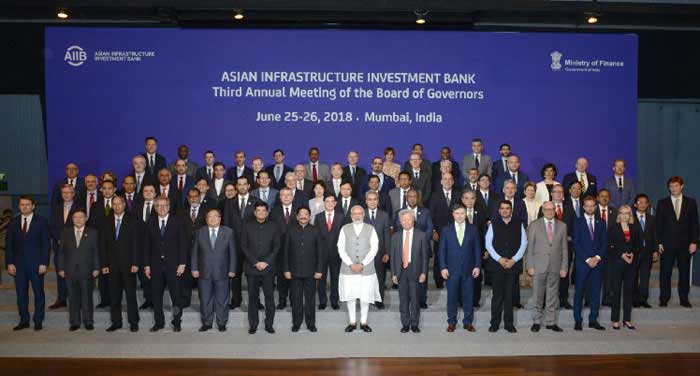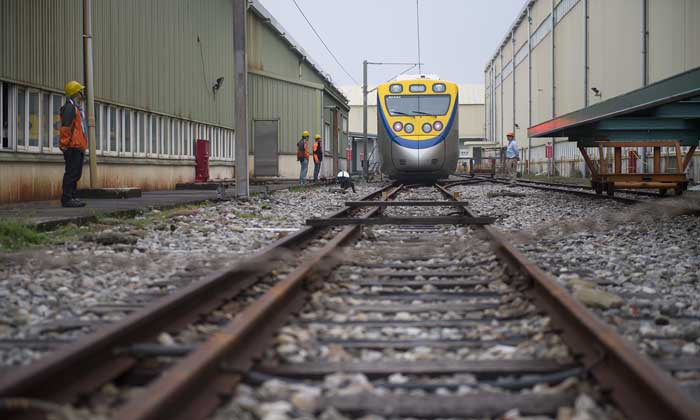The RMB was found by the PBoC to be overvalued in contrary to the beliefs that this currency was undervalued. The discussion of this particular currency came to the forefront following the currency regime deregulation by the PBoC. If this organization should stop their interference, the ratio of dollar demand to supply would cause a dramatic decline in the worth of the RMB currency. This information is supported by the market operations and the actions of the investors. You may need to know that the valuation of most assets is not always indicated by the ‘market forces'.
The market forces is the balance and or ratio of supply and demand. This is not the only definition of the term as it is described in many fashion but it is generally the economic fundamentals valuation of assets. The market fundamentals that drive the demand and supply can be considered as an overvalued currency. Technical factors also drive the supply and demand of assets. They rely on the changes in terms of supply to demand that results from the activities other than what the fundamental factors create. This can be explained using China's approval of the QFII program. This program allowed investors not native to the Asian country to buy Chinese stocks. The inclusion of these Chinese stocks on the MSCI global benchmark would have or should have increased the demand immediately for Chinese stocks. This would result in the increase of prices that was unrelated to and improvement in the economy's outlook.
It is taught that if there was an increase in price, it would be by an imperceptible amount. This is due to the trading levels being consistence with the supply and demand fundamental balance. The aim is for Chinese investors to off load their stocks at the point prices are increased thanks to the foreign purchases, unfortunately this was not the case. The prices fluctuated as expected from buying and in instances where the purchases materialized. In this instance, the fundamental valuation that usually anchors of the prices was absent.
The consensus of many traders is that the fundamental valuation has no real significance to the drive of the market. This is the opposite of what is taught in schools and one might have to unlearn this notion. Instead of total rejection, it might be more beneficial to you analyze the market and identify the times and conditions the prices react to the fundamentals.
Without the intervention of the PBoC the RMB currency is sure to lose value but it is not an indication that the currency is overvalued either. The truth of the matter simply is, if you were to try and obtain information from the fundamentals it is almost assured that you will get the complete opposite of what you seek thanks to the market itself being largely driven by technical. This causes the RMB to remain undervalued but not by a whole lot.
Is it possible for the market to settle on a suitable value for RMB?
Is it possible for the market to settle on a suitable value for RMB?aDo you support free trade? Do you support supply side economics? Do you support fiscal deficit limits and debt? These are all questions that seem to be of some principles but they are not. The same can be said for the value of the RMB being determined by the market. The principles sometimes work in certain situations and fail to in others. It may be best for you to just determine the conditions that they may work. The question arises about the conditions that would make China decide on the markets setting the value of the RMB currency.
In a situation such as this, you would have to ask yourself a couple questions. Do you have any political objectives such as the redistribution of capital or plan to aid in the protection, until it reaches a level of competitiveness, of selected industries? To answer this question you may need to look at the exchange rate as a whole then decide in which direction you will move it in relation economy's fundamentals. Some of the distortions in the Chinese economy will need to be eradicated as they are responsible for weakening the mispriced economical inputs and capital. In their case it has left them with a dependence on excess capacity, debt and a state in division. Innovative incentives and created values may be shadowed by the politics.




